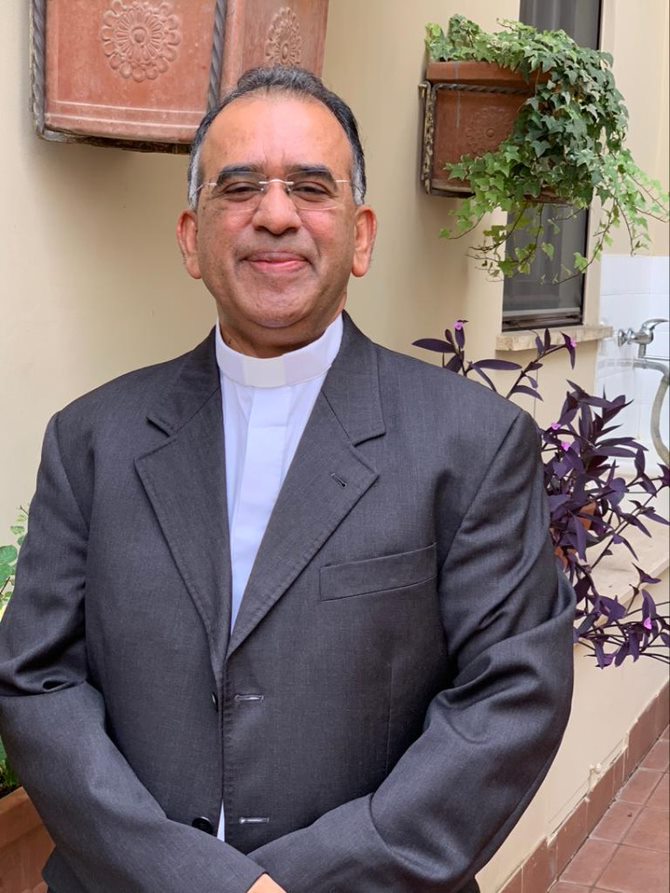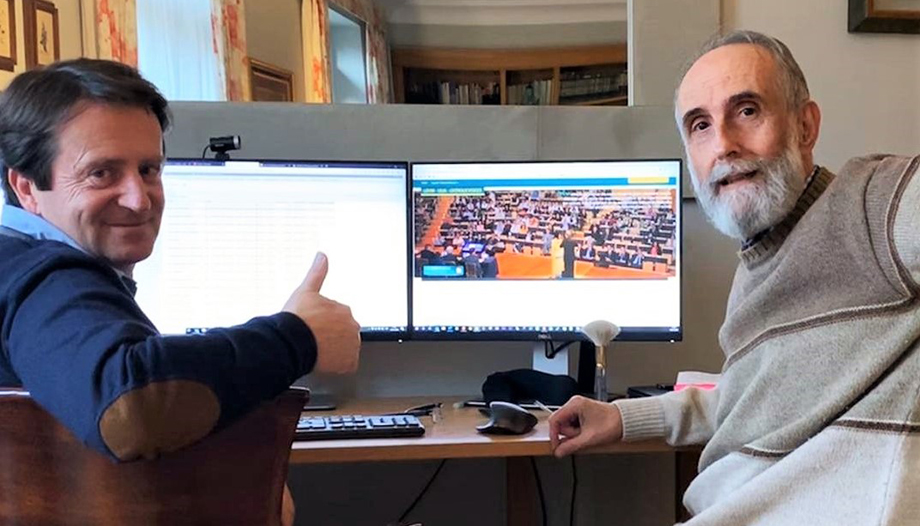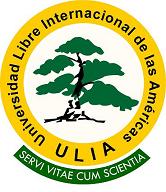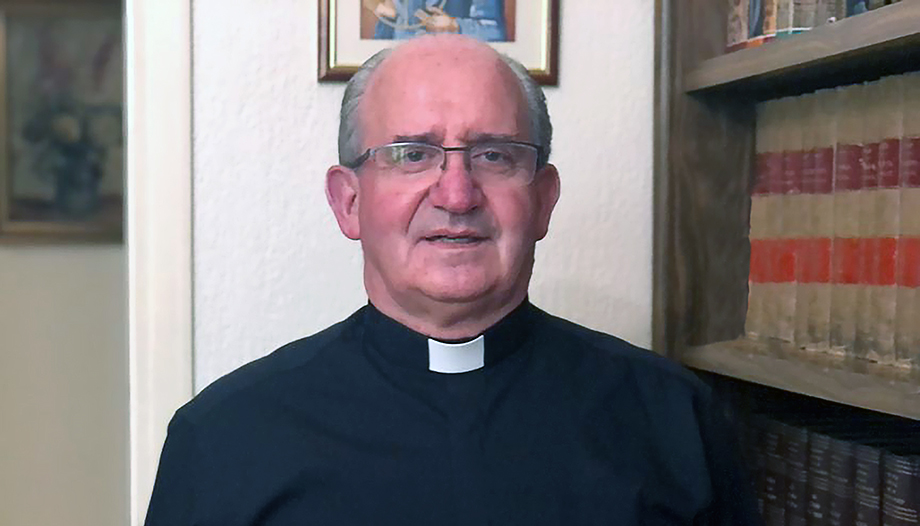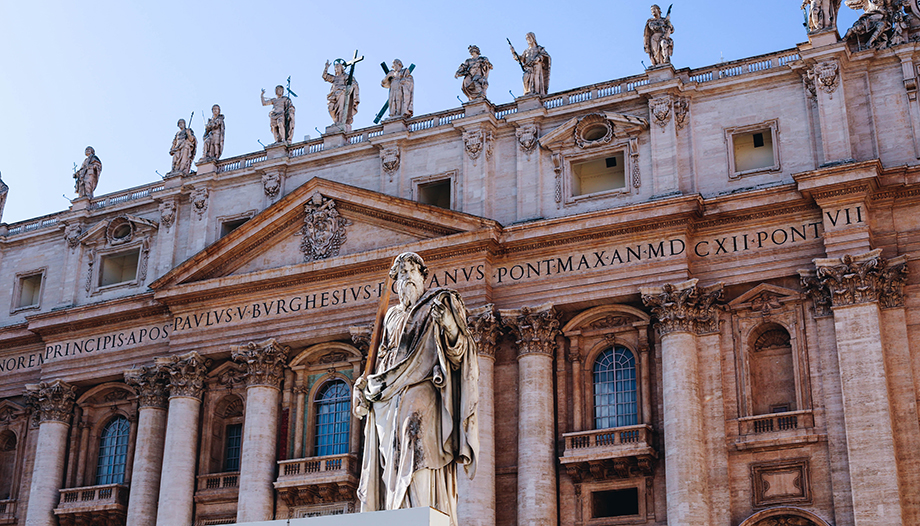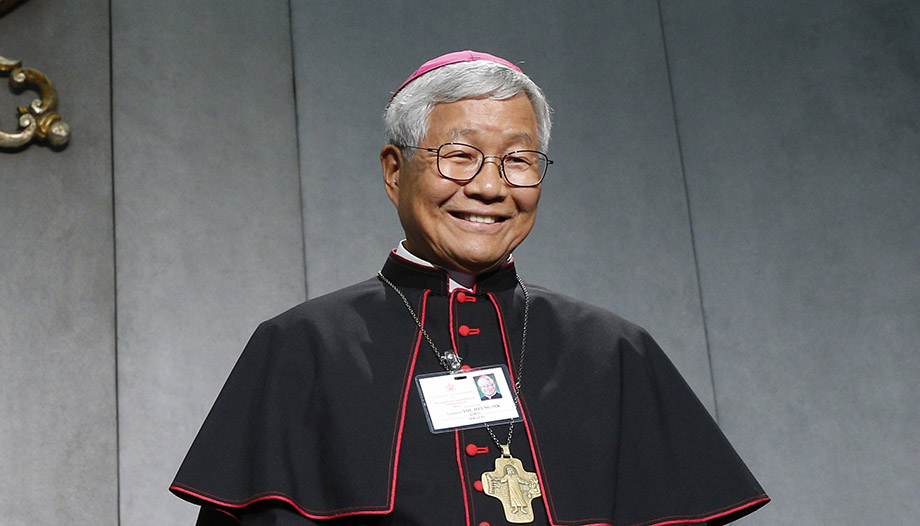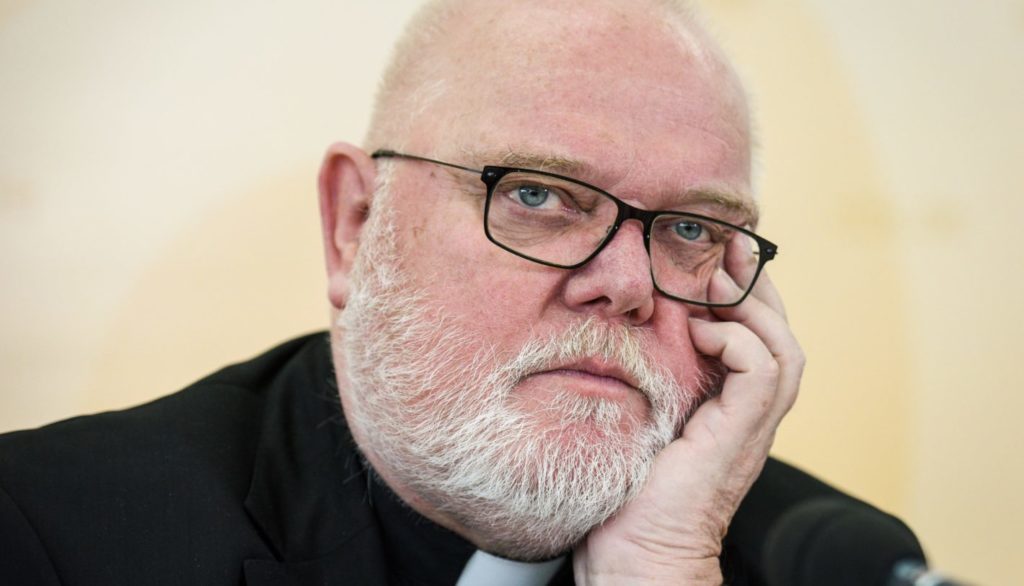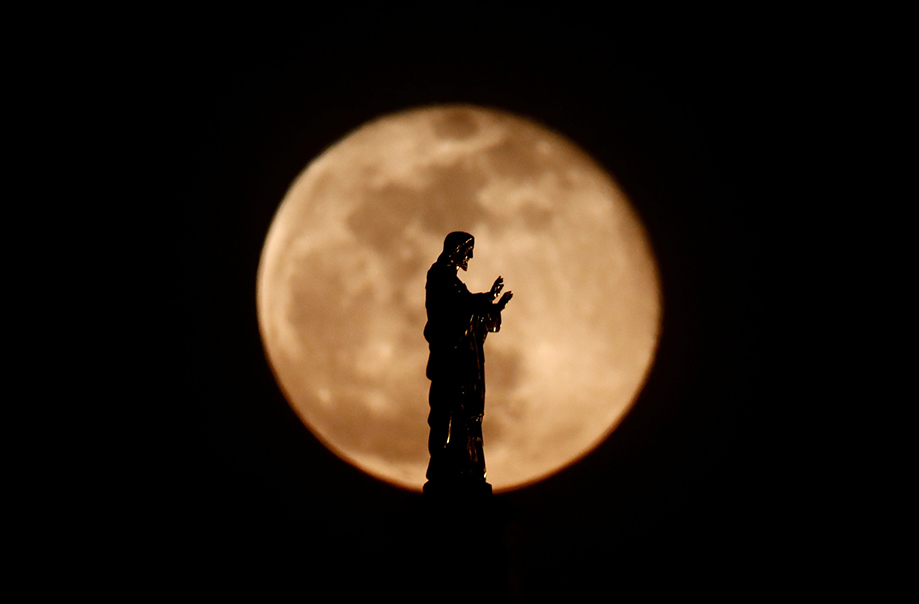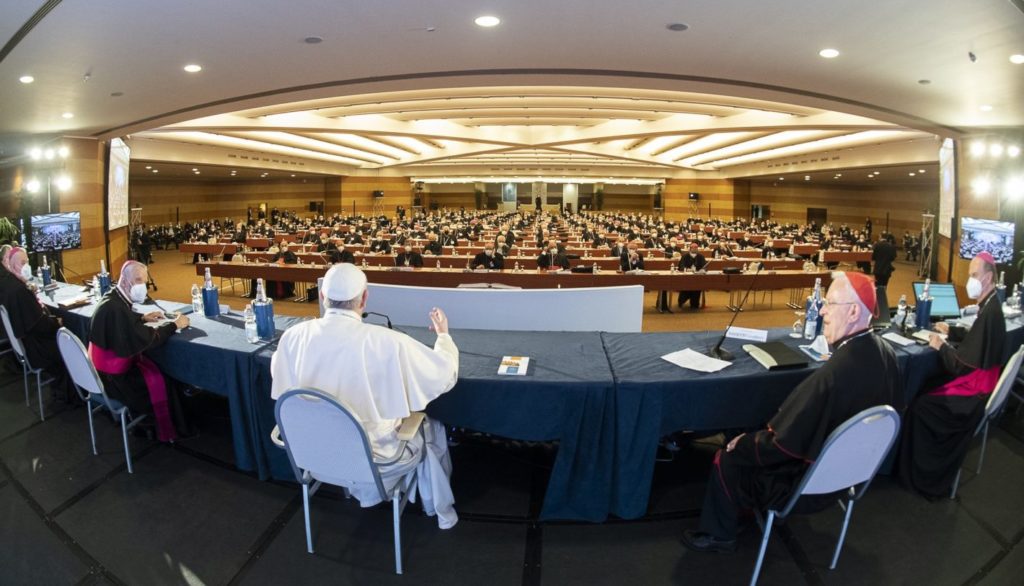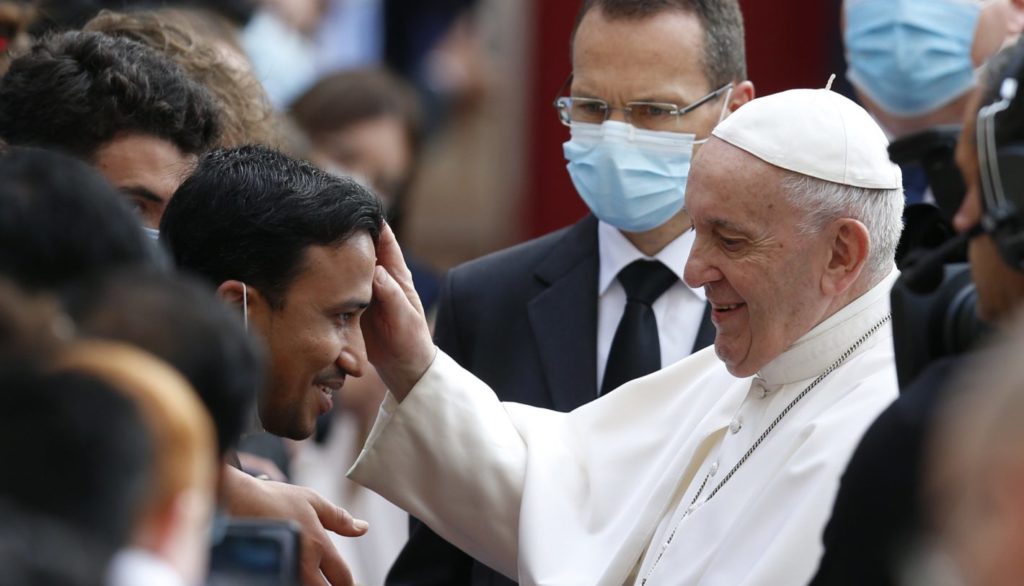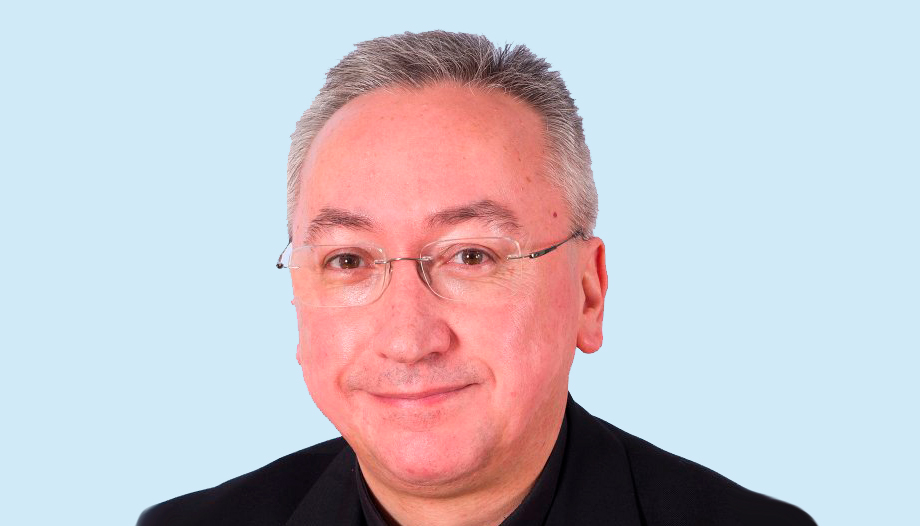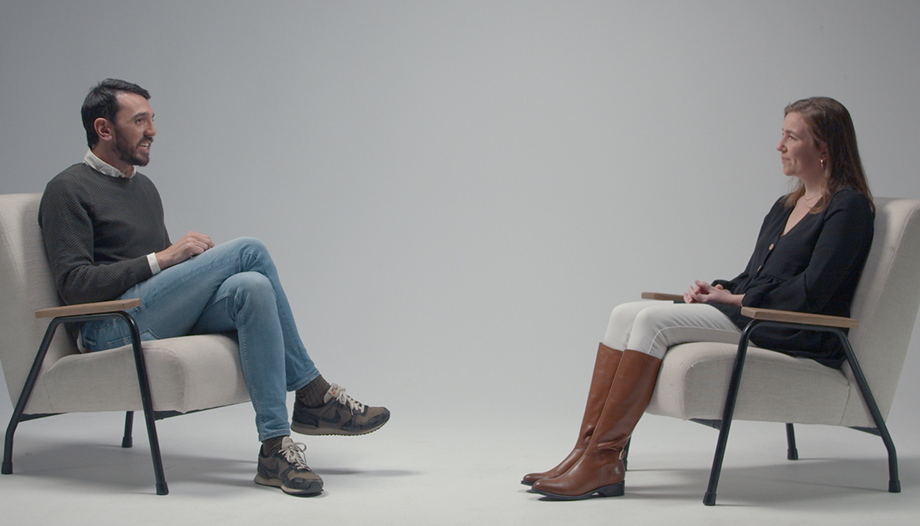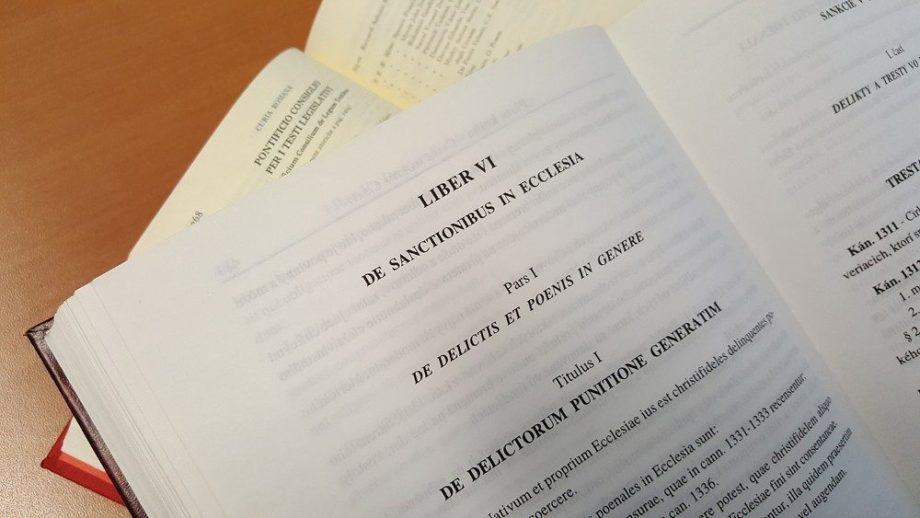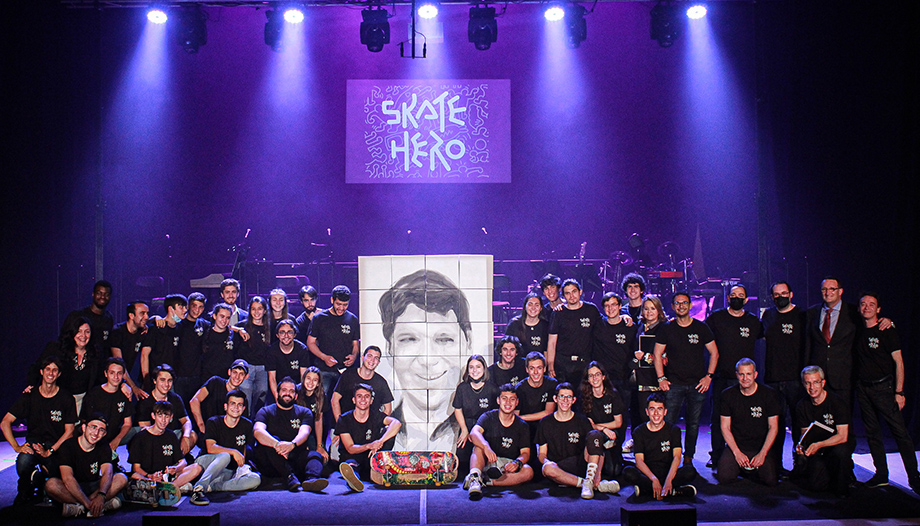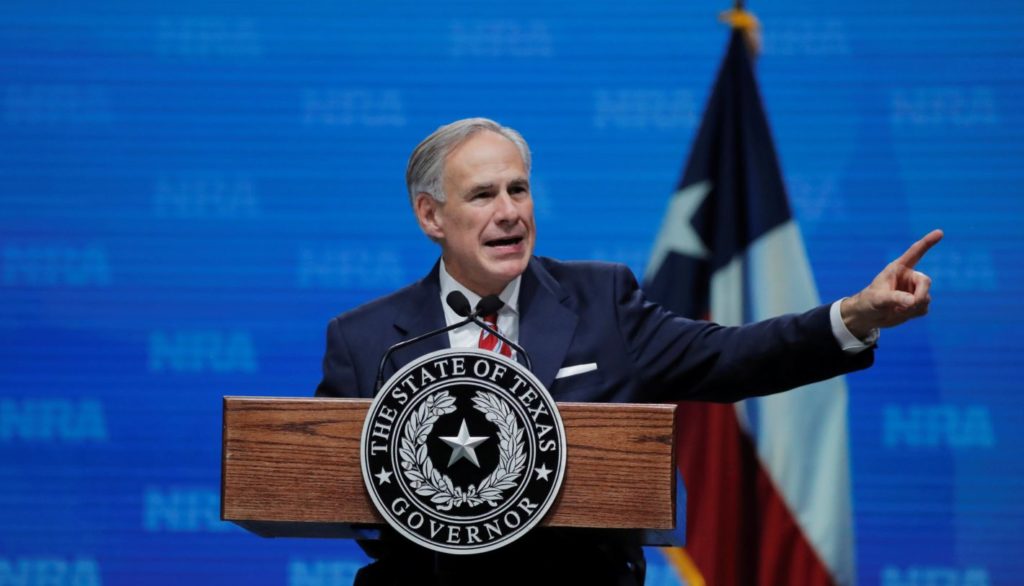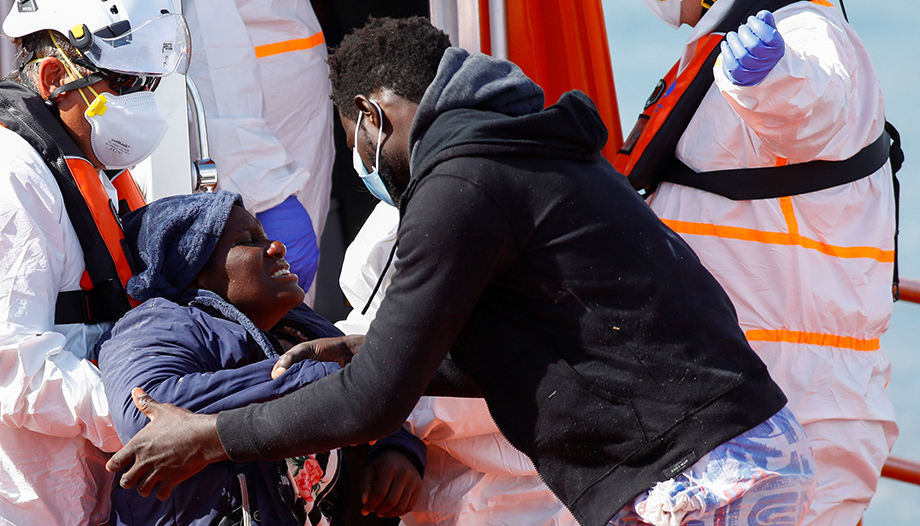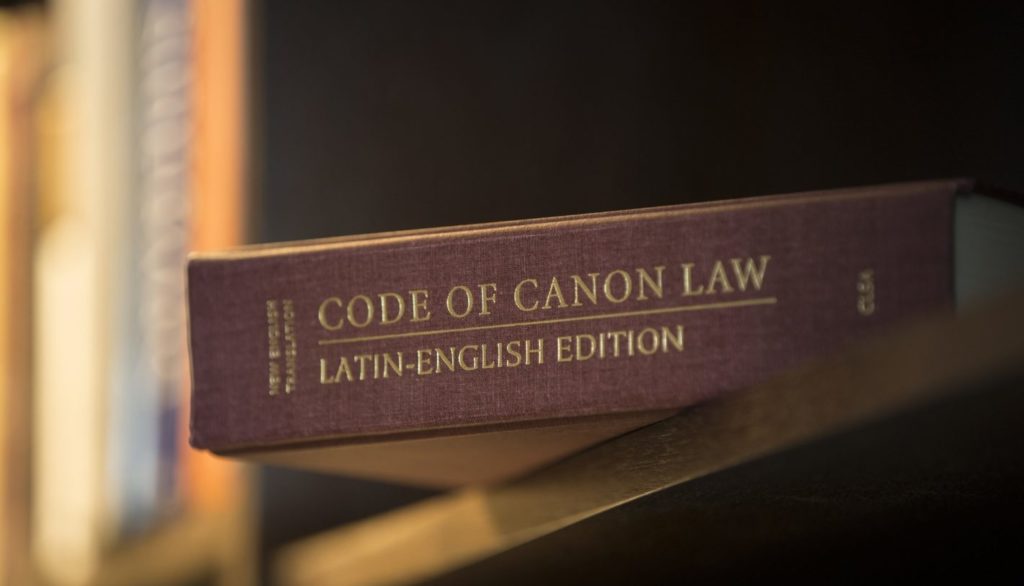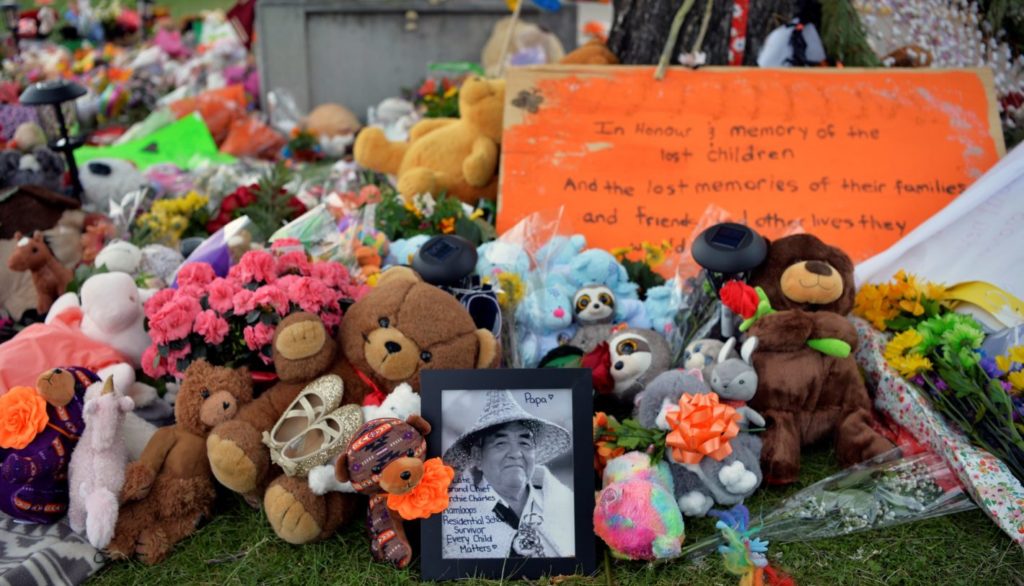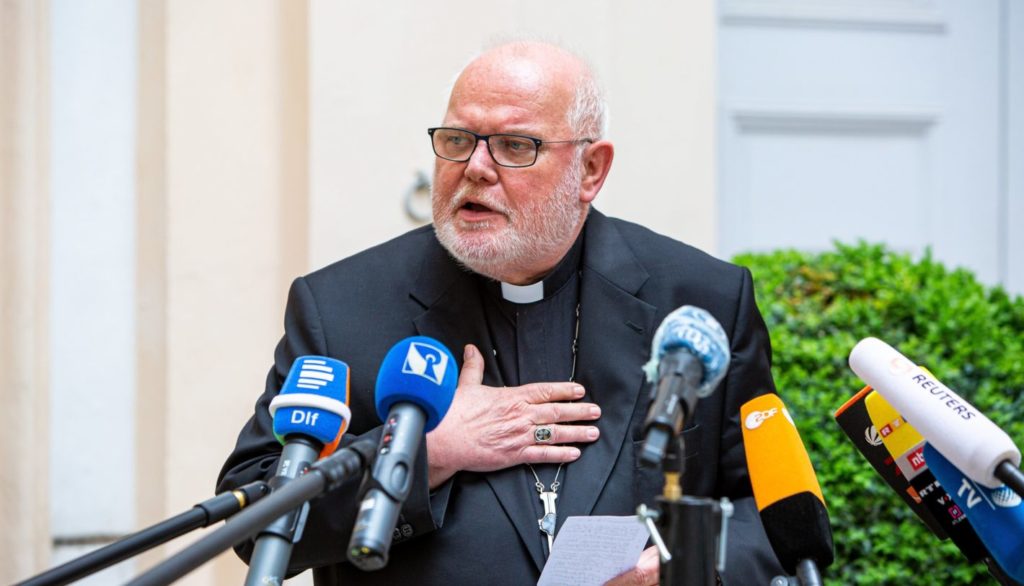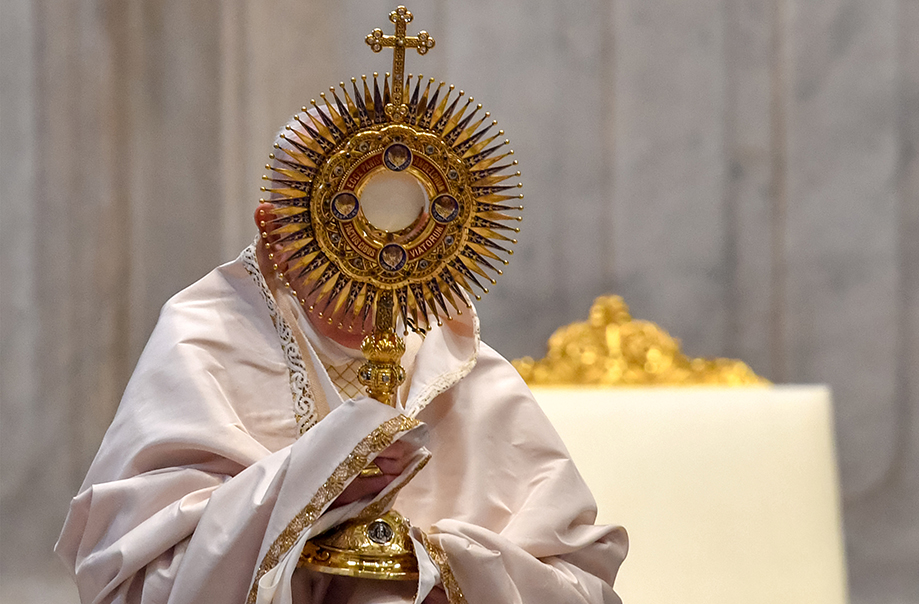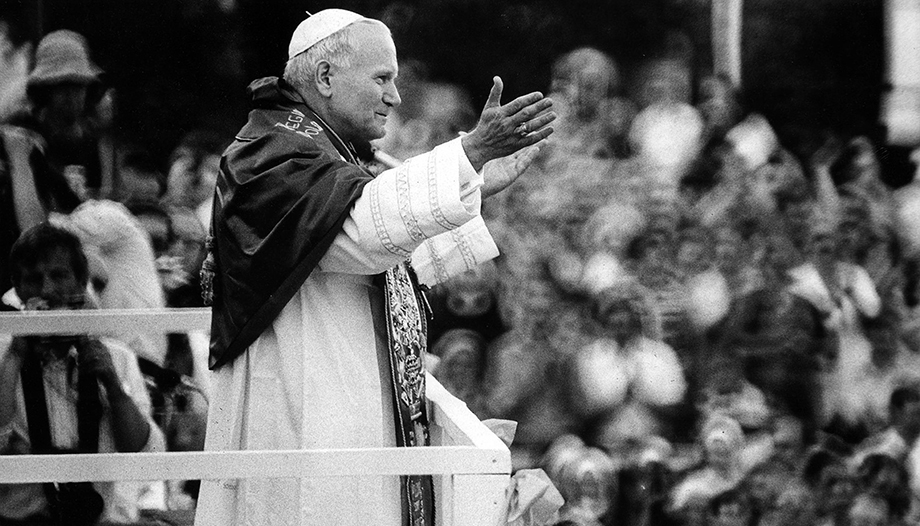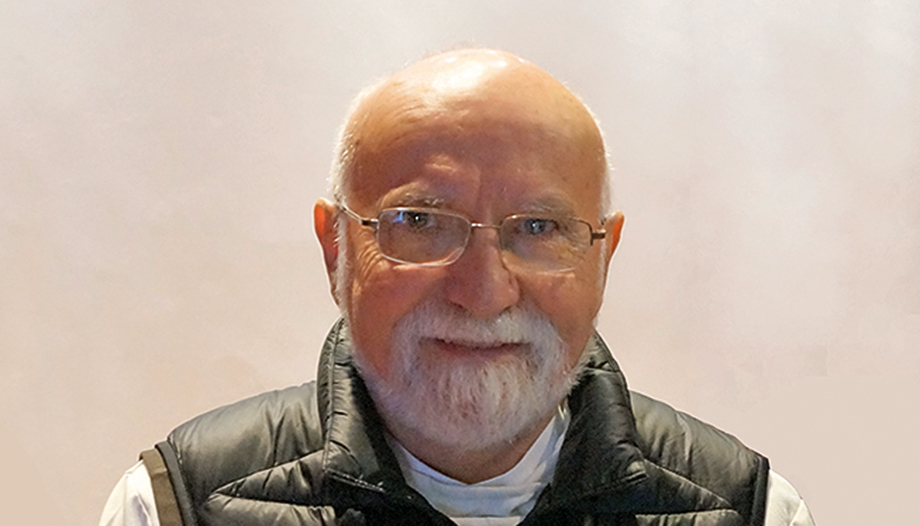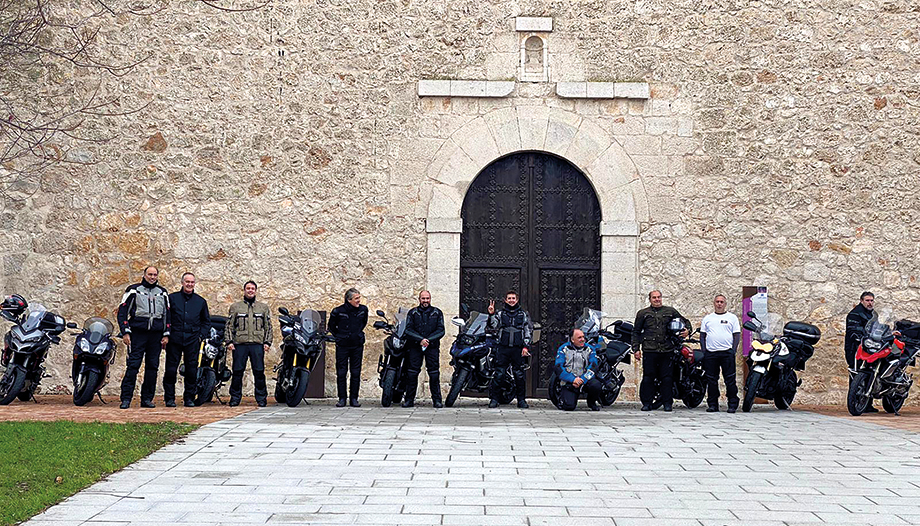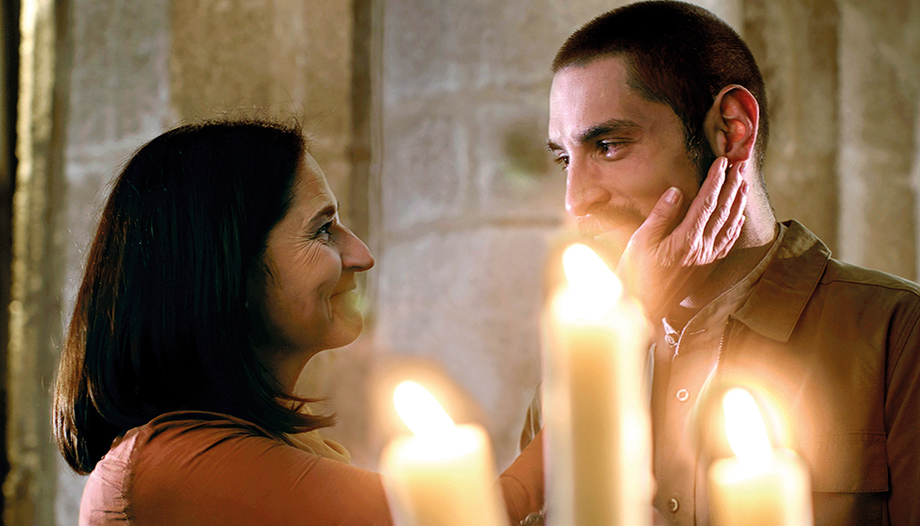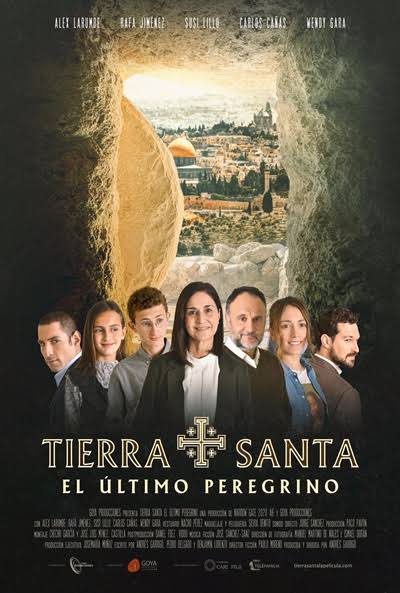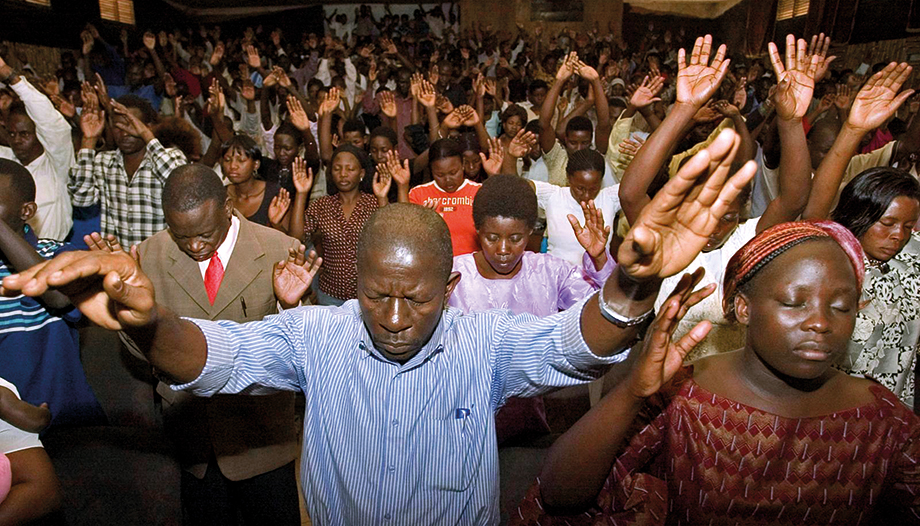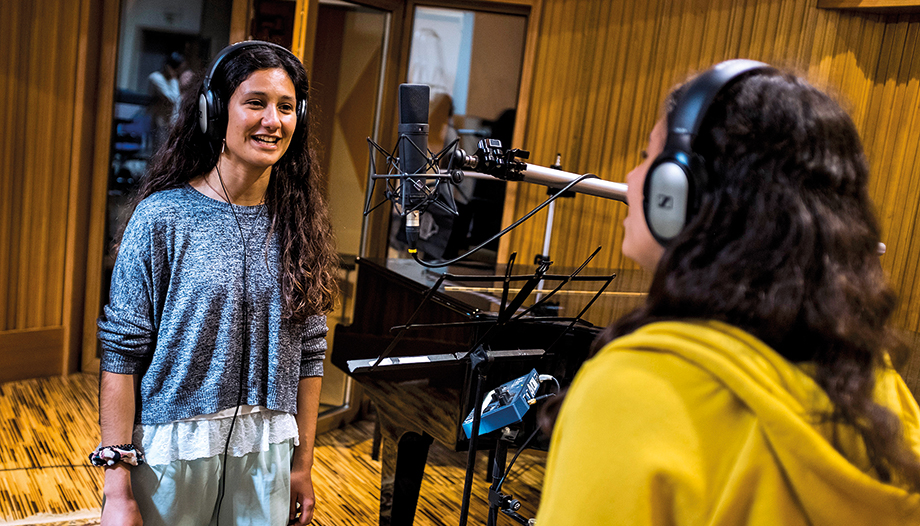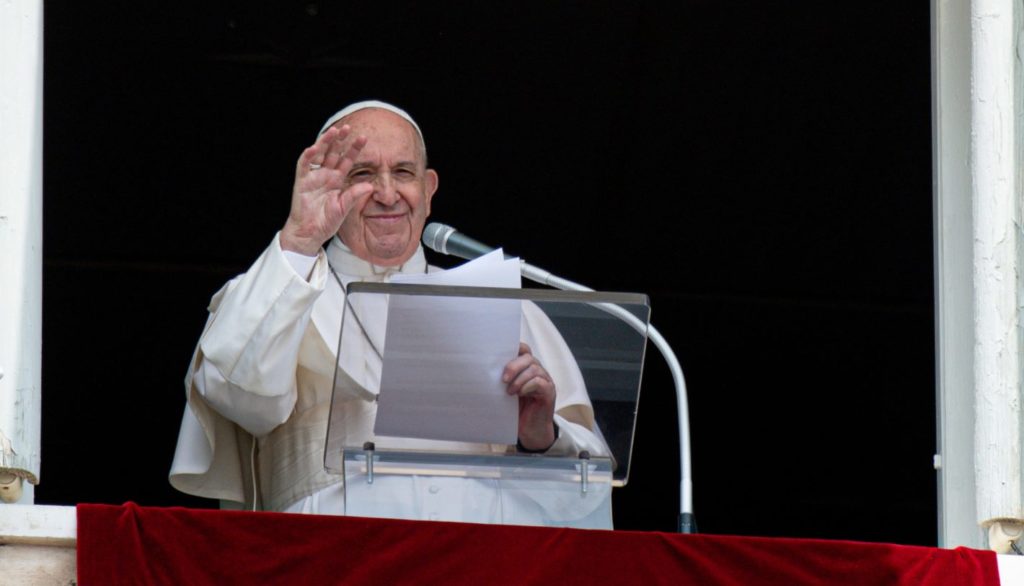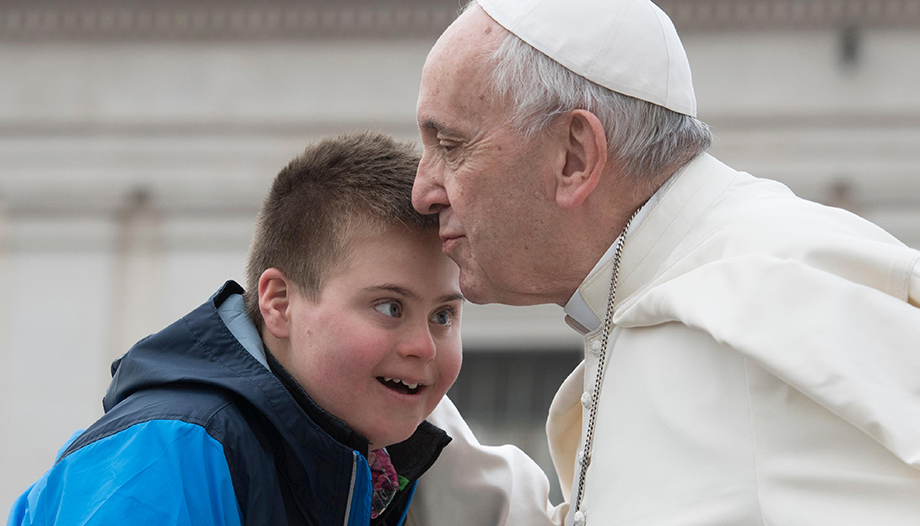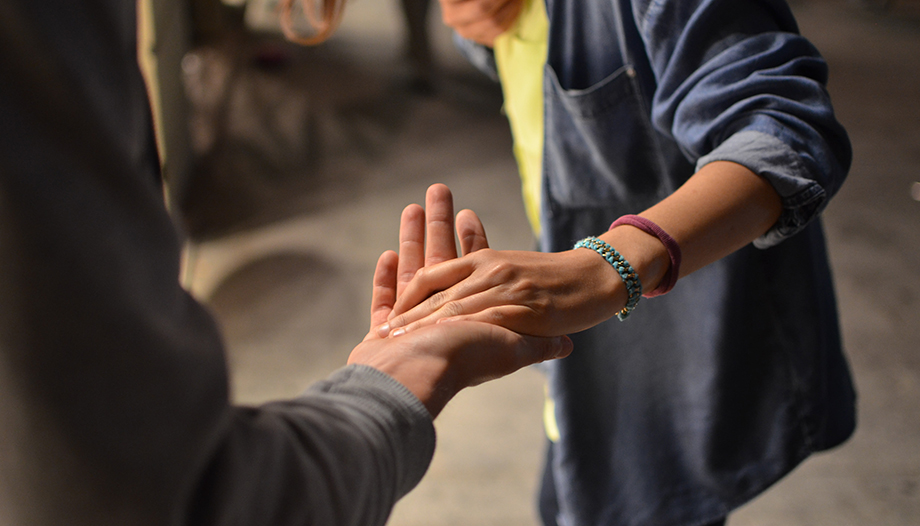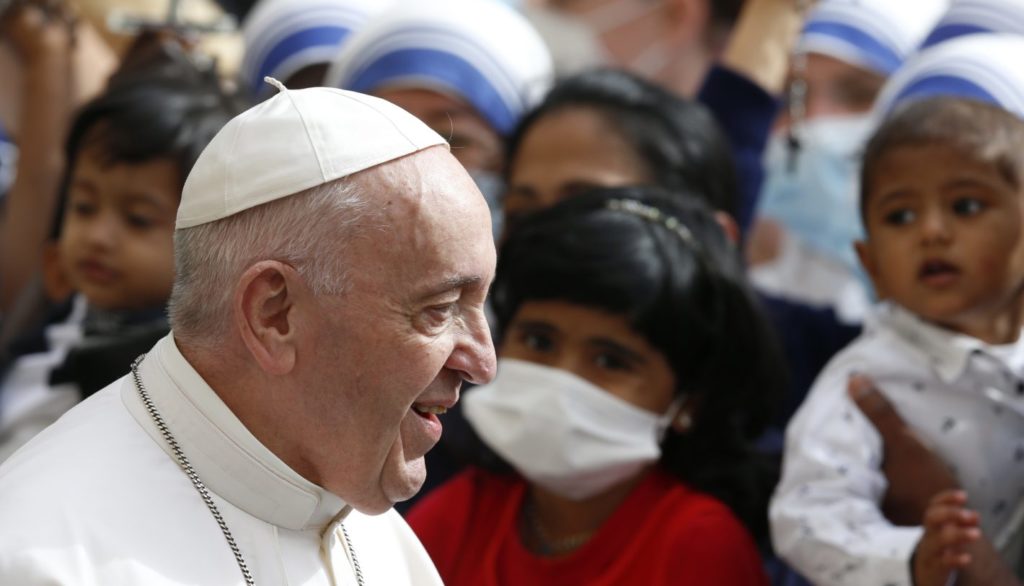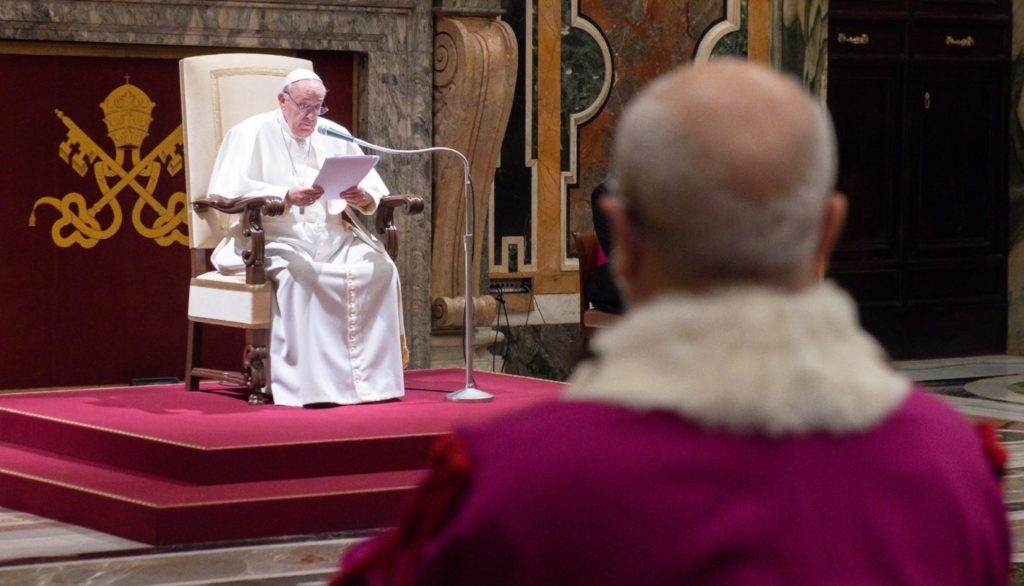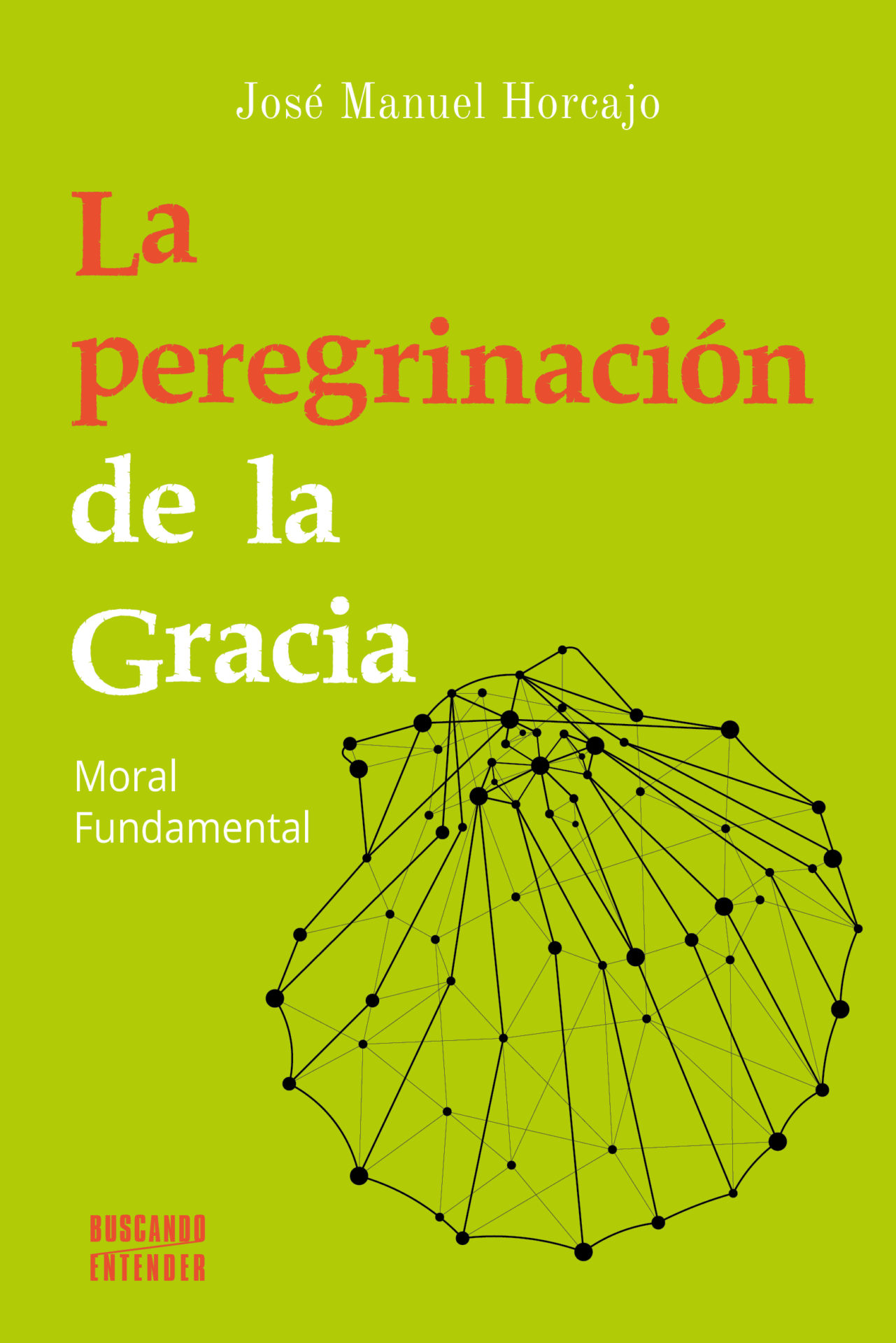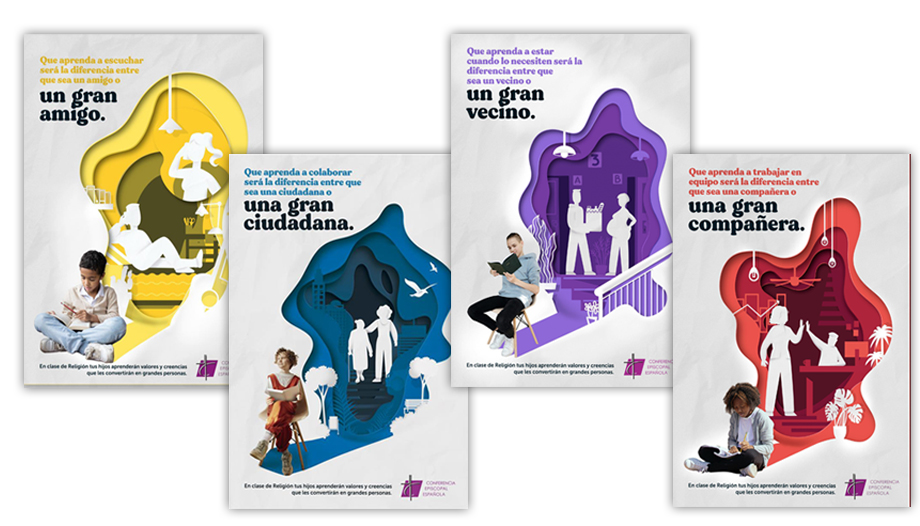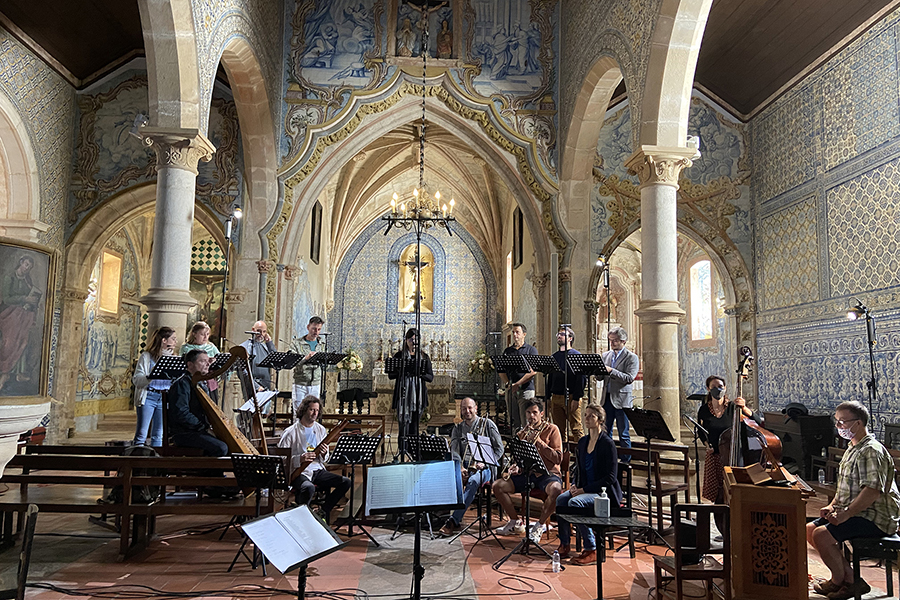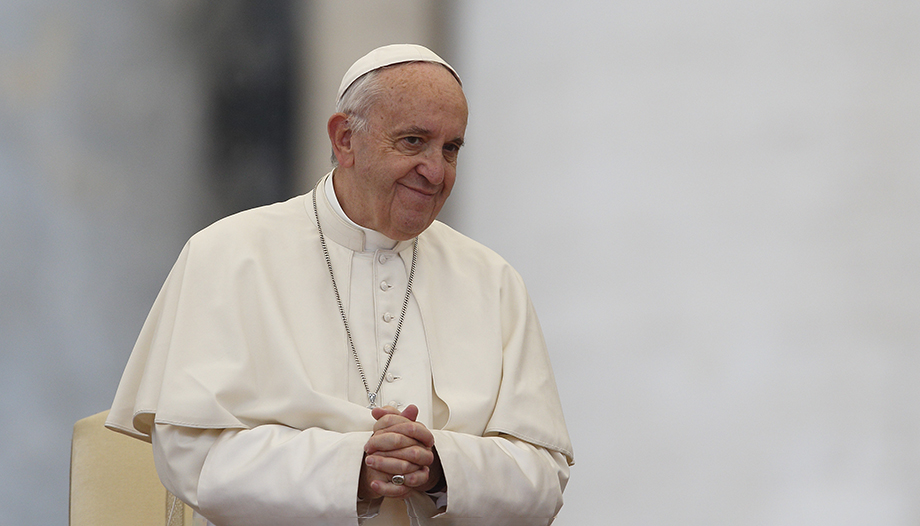In this article we will recall the leaven with which theology is made. We will then summarize the contributions of 20th century theology. We will situate ourselves before the new challenges. And from there we will finally obtain some lines of work.
The ferments of theology
Theology has four motives that make it grow in every age.
1. The "faith that seeks to understand", according to the immortal phrase of St. Anselm: fides quaerens intellectum. We do not simply repeat the words of the message, but we want to understand them in order to nourish and combine them with our experience. Christians believe in the unity of knowledge, because the same God who made the universe has revealed himself in our history and used our words.
2. The faith is taught. This requires ordering its content and explaining it according to the level of the listeners, from catechesis to the formation of future priests and Christians at the academic level. When it is taught, it is learned. The effort to teach, especially to priests, has historically shaped theology.
3. The faith faces internal and external difficulties. History shows the dissensions and loss of communion, which are heresies. They usually require much theological discernment. And so do external misunderstandings and criticisms: they require a clarity that has given rise to Christian apologetics. It must be combined with the other sources so as not to focus theology only on the disputed issues.
4. The Scriptures must be authentically interpreted. On the one hand, the Church has already received and possesses the message, and we are not dependent on the latest interpretation. But the Scriptures are a faithful witness to Revelation and their attentive and pious reading is a constant inspiration.
The great renewals of theology in the 20th century
In the 19th century, the separation of Church and State in Catholic countries affected and continues to affect the life of the Church. At the same time, by the grace of God, a spiritual and religious renaissance took place, which in the 20th century gave rise to a great number of enthusiastic theologians and a golden age of theological faculties. Thus, to the great patristic theology of the third to fifth centuries, and to the classical scholasticism of the eleventh to thirteenth centuries, a third great epoch was added, covering the nineteenth (Newman, Möhler, Scheeben) and, above all, the twentieth centuries.
Four major leavenings have inspired this renewal: a better knowledge of the Bible, the recovery of the theology of the Fathers, liturgical renewal and the influence of personalist thought, among others.
1. Biblical studies contributed an immense erudition on the history, language and contexts of the Bible; of the great biblical concepts of enormous theological importance (History of salvation, Covenant, Messiah, Kingdom, Ruah...); and of the Hebrew institutions that are the basis of the typological sense (Qhal Yahveh, feasts, worship, temple, synagogal practice...). There is a pending work to summarize this wealth that tends to be dispersed and also produced some confusion about the core of the biblical message.
2. The return to the Fathers, emblematically represented by the collection Sources Chrétiennes and by the work of De Lubac and Daniélou, it was reinforced by contacts with Russian theology in exile (Lossky, Berdiaev) and dealings with Eastern theology (Congar). It made it possible to center theology on the mysteries, as Scheeben had done, and to construct the treatise on the Church. It meant the end of manualistic scholasticism, which was presented as the only possible form of Catholic theology. And it made it possible to purify the Thomistic tradition by returning to its perennial sources (the work of St. Thomas Aquinas) and an improved knowledge of its history and context (Chenu, Grabmann) and its philosophy (Gilson).
3. Parallel to the return to the Fathers, and with fruitful synergies, liturgical theology developed (Dom Gueranger, Guardini, Casel). It transformed sacramentology, contributed to the understanding of the mystery of the Church and inspired the Second Vatican Council. But this renewal should not be confused with the post-conciliar application, sometimes improvised and spontaneous, of liturgical fashions. To a large extent, the authentic theological formation of Christians according to the will of the Council is still pending.
4. The personalist inspiration highlighted something very important. The idea of the person, with so much cultural and juridical relevance, has a theological history. There is a Christian contribution on the dignity of the human being as the image of God, called to be identified in Christ, which is still very relevant. Moreover, the idea that person implies relationship, both in the Trinity and in humans, allows us to understand the realization of persons in the double commandment of charity, and inspires models of coexistence. In the likeness of the Trinity, there is the communion of saints in the Church and in Heaven, and that of families, and that of any authentic human community. It also helps to deepen the personal relationship of the human being with God (I and Thou), and to renew the idea of the soul, as a being personally loved by God, with an eternal relationship.
Council and post-conciliar
This spectacular flowering inspired the Second Vatican Council which, promoted by John XXIII, sought to relaunch the life of the Church and evangelization. It set the guidelines and renewed the life of the Church on many points, which are the guidelines of our time.
Unfortunately, it was followed by a massive post-conciliar crisis that has reduced Christian practice and vocations in Western Catholic countries to at least one-sixth of what it was. Less focused theology played a role in the deviation (Holland), but the main cause was a biased interpretation and a hasty and misguided application of the Council's wishes. Serene judgment is needed to understand what happened and to revalidate the authentic interpretation, as John Paul II and Benedict XVI did.
On the other hand, the large reduction in the number of candidates for the priesthood has left many European faculties at a minimum.
Some environmental challenges
With this, theology finds itself in a very different context from the previous era. In countries with a Catholic tradition, they still live as "established churches", that is to say, identified with the customs, culture, feasts and rhythms of a nation. They are not mission churches, they do not have institutions or habits of that type, but maintain worship and catechesis, each time with fewer and fewer people. The ecclesiastical structure, with its patrimony, is still enormous, but it is emptying, which also generates a financial problem. The diminishing clergy can be sustained by the diminishing faithful, but the buildings cannot. It is not the main problem, but it absorbs a lot of energy.
In old Christian Europe we are still living the cycle of Modernity, with the separation of Church and State. Along with the positive aspects of greater freedom and Christian authenticity, we are suffering from a secularization sought as a political program. In theological teaching, this process must be properly accounted for.
Almost the entire 20th century was dominated by the astonishing worldwide expansion of communism. This meant persecution of the Church in communist countries and intense criticism throughout the world. It was also a temptation for many Christians, who felt that communism embodied aspects of the Gospel more authentically than the Church itself. Another aspect still to be studied.
The almost miraculous disappearance of communism, in the time of John Paul II, left a huge postmodern void. But the impact of the Russian revolution of 17 was replaced by that of the French revolution of 68. It failed in its utopian attempt to transform bourgeois societies, but it transformed sexual mores, and provoked a new reason for distancing oneself from the faith, which made a crisis in the reception of Humanae vitae. Moreover, it originated the gender ideology, which puts cultural and political pressure on the life of the Church and contrasts with the Christian message on sex and family. It seems that we are at the gates of a new persecution where there will be no martyrs. We must discern about the objections and find the language to express ourselves.
Training and information challenges
In the past, Christian families, catechesis in rural parishes and Catholic schools in the cities succeeded in transmitting the Christian faith with a very high degree of effectiveness and identity. This is no longer the case. The irruption of television in every home and more recently, social networks have changed family education: what appears on television and on the networks becomes the norm and the social model instead of the parents. Faith is only transmitted in very committed families.
On the other hand, ordinary catechesis is totally disproportionate to the volume of information and formation that any child receives in other areas of knowledge. And both Catholic schools, generally religious, and seminaries have suffered the post-conciliar crisis with a loss of personnel and problems of orientation. There is the growing paradox that the majority of Christians are informed about the life of the Church in non-Christian media. This is a great challenge for a Church that is, by nature, evangelizing.
Specific challenges of theology
The balance sheet is not very encouraging, and the size of the problems is overwhelming. But the Church lives by faith, hope and charity. And she is led in history by her Lord, who, in every age, raises up the necessary charisms. Theology cannot live in the limbo of academic inertia, but must connect with these peremptory demands. Recalling the four leavenings we mentioned at the beginning, it is urgent:
1. to understand the faith also in relation to our current humanistic and scientific culture;
2. to train new generations of priests to meet the demands of evangelization. To maintain and synthesize the richness of our patrimony by adding the best of the theology of the 20th century that is at the level of our time. And to overcome the cumulative tendency that has occurred in theological treatises by pretending to summarize all the difficulties of the past;
3. to respond to the great objections of our time. Those that follow from the critique of Modernity, those of scientific materialism; and currently, the ideology of gender, where it is necessary to discern and find the adequate language to dialogue and present attractively the Christian message on sex and family. It is also necessary to attend to internal problems such as internal contestation and the schism of Lefevbre;
4. to focus and summarize biblical theology so that it nourishes theology and priestly and Christian formation.
Other more specific tasks:
5. to defend the authentic interpretation of the Second Vatican Council and to broaden its application;
6. to contribute to the ecumenical commitment and interreligious dialogue promoted by the Council;
7. to study recent history in at least four points: the cycle of Modernity, with its Christian inspirations and its distances; the post-conciliar crisis; the Marxist influence; and the dialogue with the sciences;
8. meet the enormous challenge of the formation of Christians. Although theology concentrates on academic teaching, it needs to open up to other spaces. And this has many demands of style and language.
Conclusion
Not everything is inconvenient. We have a very rich intellectual heritage of understanding of the world and the human being, which contrasts with the immense void left by the ideologies of the 20th century or with the triviality of global consumerism. We have never been in such a strong intellectual situation, even if it is so weak in the media.
There are happy points of encounter with our times. First, because the Gospel message connects with the deepest human aspirations today and always (anima naturaliter christiana). With their desires for fulfillment, knowledge and salvation, which are also manifested in the search for a more natural and human life, or in a healthy environmentalism and respect for nature. The environmental and health crises also give rise to a deeper search for the meaning of life.
And, in the end, we count on the presence of the Lord and the assistance of the Spirit. The experience of weakness is an essential part of the exercise of faith and theology. In this way we overcome the harmful temptation to replace it with our ideas. It is theology only if it is "faith that seeks to understand", also in order to transmit it joyfully. What is needed is a theology that is more humble, more testimonial, more spiritual, more liturgical; or, as von Balthasar wrote, more kneeling. Also a theology closer to the poor and simple, as Pope Francis asks. In short, a more theological theology.





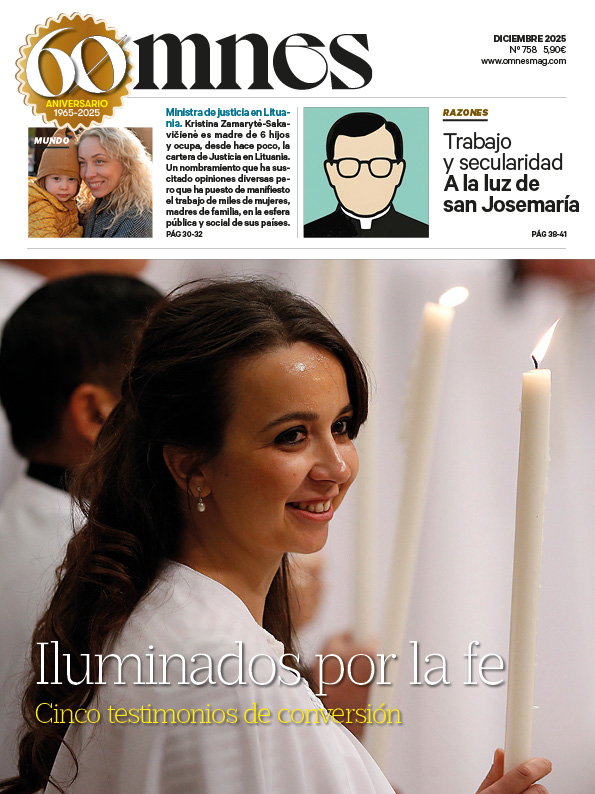


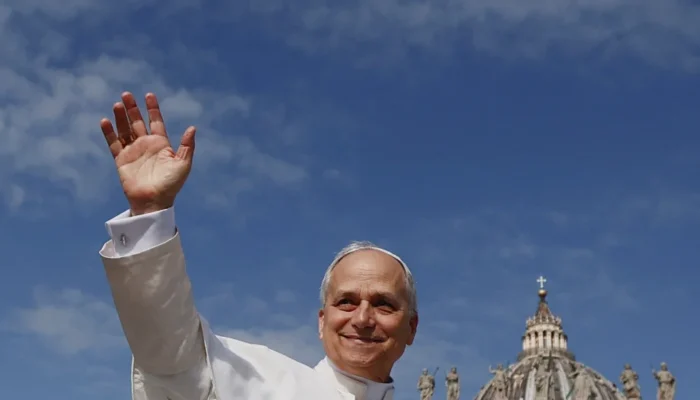
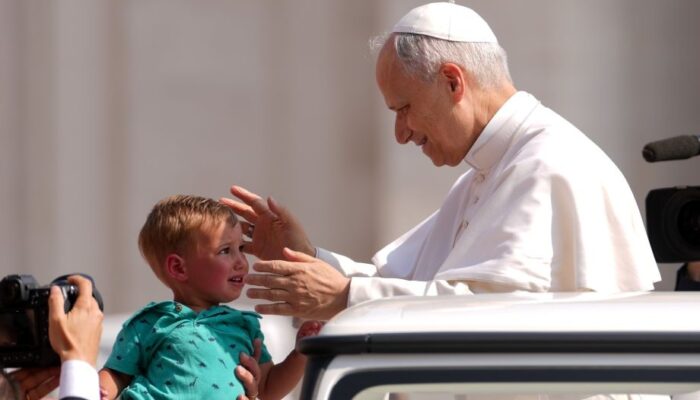
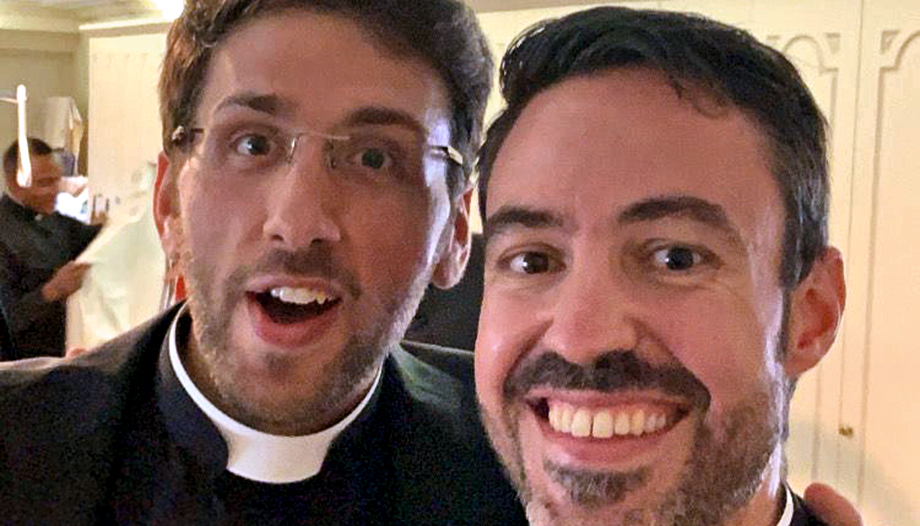
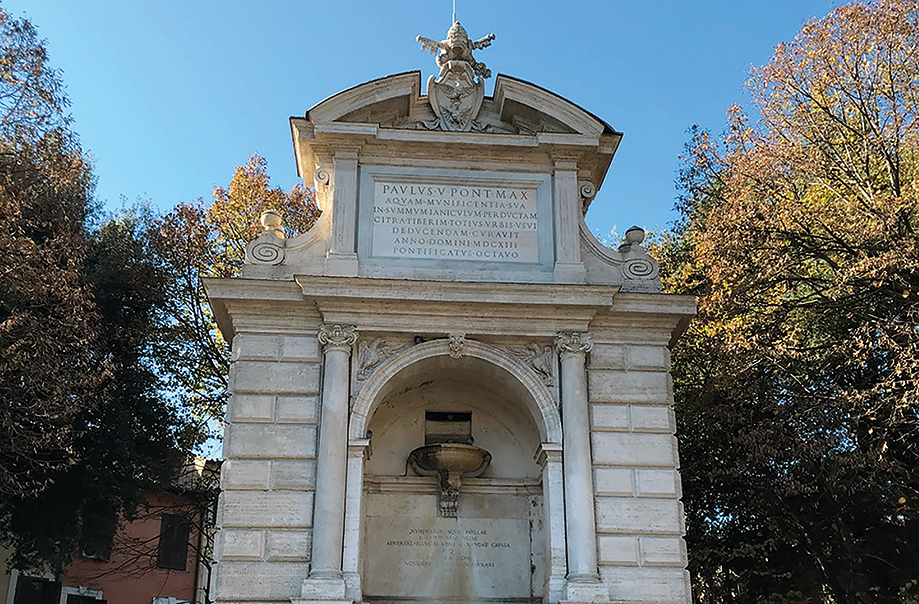
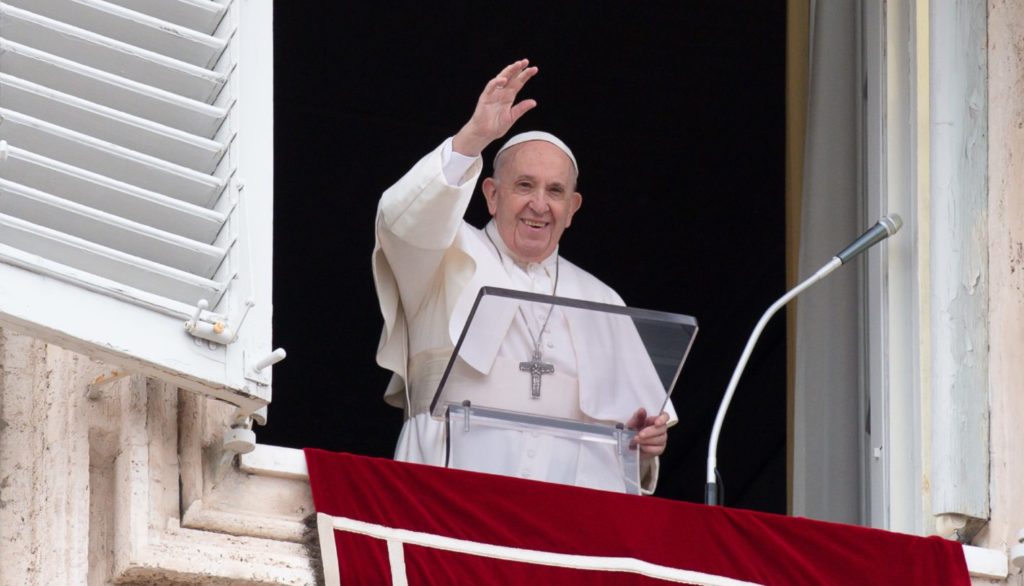
 Synodal paths, the new processes
Synodal paths, the new processes
